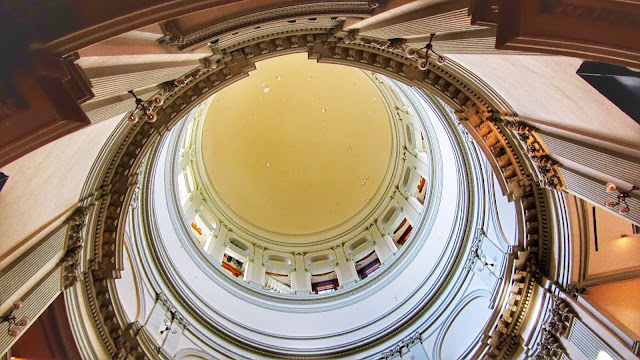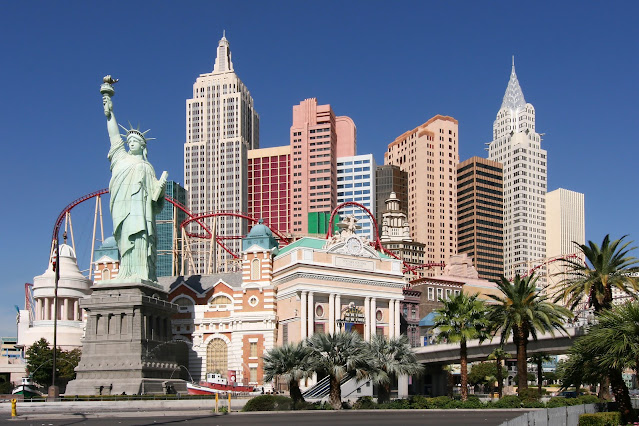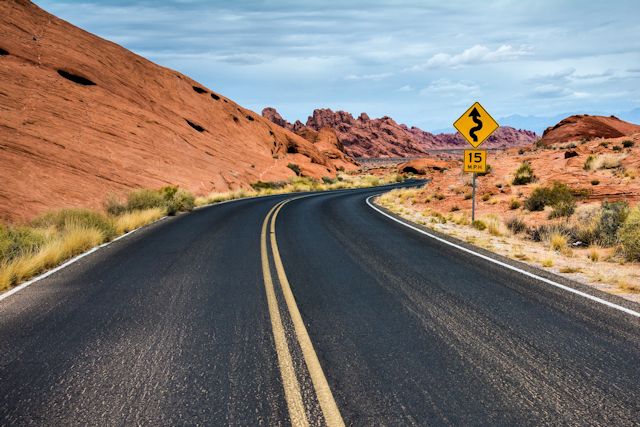A State of Confusion
GEORGIA STATE CAPITOL
Atlanta, GA
space
Now that we know better and since our travels this year have been somewhat limited by family needs, we decided it was time we visited the capitol of our own state. Considering we lived for 25 years in an Atlanta house less than four miles from this esteemed building, we were quite overdue. We waited until the annual 40-day legislative term ended in late March, which greatly facilitated our ability to find parking nearby.
space
On this Monday morning in May, we found parking readily enough in a lot designated for lawmakers during the session and walked across the street to experience the image our statehouse is presenting to visitors. As expected, we were subjected to a security screening before being allowed to enter. The guard was friendly and personable. After examining our photo IDs (the first state that has asked us to produce such), he chatted amiably with us about our home city before offering a few tips to guide our visit. Positive first impression.
space space
Since we entered from the rear of the building (pictured above), our first stop was the ground floor, where we encountered a most unusual display—a recently recovered and highly prized piece of Georgia history on exhibit. During the War of 1812, Georgian Lt. Col. Daniel Appling distinguished himself in the 15-minute Battle of Big Sandy Creek in upstate New York by leading an ambush attack on a superior force of British pursuing his troops. Months later, the Georgia General Assembly commissioned a ceremonial sword of honor to be presented to Appling in recognition of his courage and ingenuity. Unfortunately, the colonel died before he could receive the tribute, and legislators decided to retain the sword and display it in the governor’s office.
space space
After languishing in obscurity for nearly a century, the sword again became the center of attention as another legislature proudly sent the tribute and other treasured artifacts to be displayed in the Georgia exhibit at the 1906 Jamestown Exposition, a historic event commemorating the 300th anniversary of the first permanent English settlement in the Virginia Colony. Though there is no evidence to explain why, the sword was never returned after the exposition closed. More than a century later, state archives officials, who had long pondered the weapon's fate, saw it advertised for sale in an antiques magazine in 2010. Historical organizations and private citizens raised more than $100,000 to purchase the relic from a Pennsylvania antiques dealer and bring it home to Georgia.
space
Other exhibits on the ground floor portrayed scenes from various geographical regions of Georgia. These appeared to date from the 1970s or so and looked as if they hadn't had much attention since then. They badly need some TLC.
space
space space
Since we entered from the rear of the building (pictured above), our first stop was the ground floor, where we encountered a most unusual display—a recently recovered and highly prized piece of Georgia history on exhibit. During the War of 1812, Georgian Lt. Col. Daniel Appling distinguished himself in the 15-minute Battle of Big Sandy Creek in upstate New York by leading an ambush attack on a superior force of British pursuing his troops. Months later, the Georgia General Assembly commissioned a ceremonial sword of honor to be presented to Appling in recognition of his courage and ingenuity. Unfortunately, the colonel died before he could receive the tribute, and legislators decided to retain the sword and display it in the governor’s office.
space space
After languishing in obscurity for nearly a century, the sword again became the center of attention as another legislature proudly sent the tribute and other treasured artifacts to be displayed in the Georgia exhibit at the 1906 Jamestown Exposition, a historic event commemorating the 300th anniversary of the first permanent English settlement in the Virginia Colony. Though there is no evidence to explain why, the sword was never returned after the exposition closed. More than a century later, state archives officials, who had long pondered the weapon's fate, saw it advertised for sale in an antiques magazine in 2010. Historical organizations and private citizens raised more than $100,000 to purchase the relic from a Pennsylvania antiques dealer and bring it home to Georgia.
space
Other exhibits on the ground floor portrayed scenes from various geographical regions of Georgia. These appeared to date from the 1970s or so and looked as if they hadn't had much attention since then. They badly need some TLC.
space
 |
| Georgia Capitol Dome interior |
space space
Sadly, the disappointment did not stop there. The Georgia capitol building is like an old home where nothing is ever removed. More stuff is just added. There's no revisionism here. All aspects of state history are revered, no matter how misguided retrospection reveals some of the causes that are still celebrated.
space
For example, Tom Watson, a nineteenth century legislator and journalist who was a vigorous antisemitic, anti-Catholic racist, is honored with a 12-foot bronze statue at the main entrance of the Capitol. The statue's pedestal bears this tribute: "A champion of right who never faltered in the cause." Since Watson was an advocate of lynching and the rebirth of the Ku Klux Klan, this honorific begs the question of what the 'cause' was for which his steadfastness is praised.
space
 |
| Schoolchildren pass a statue honoring Tom Watson to enter their state's capitol. |
space
 |
| No doubt the Presidential seal halo effect is just a coincidence. |
The fourth floor of the Georgia capitol building is described as the Georgia State Museum. We found that to be a bit of a stretch. Less like a stately government repository than a run-down flea market, the "museum" is crammed with a mishmash of odd artifacts and specimens dragged from some old attic or barn. Perhaps nothing portrays this better than the two-headed calf head, mounted on a plaque, no less.
 |
| The favorite exhibit of many a school child visiting the capitol on a field trip |
Begun in 1896, the state museum opened with items from the previous year's Cotton States Exposition displayed in corridors of the statehouse. The popularity of these exhibits led to the addition of more memorabilia, creating an eclectic assortment of artifacts, geologic materials, firearms and other assorted detritus. The exhibit cases appear to date from the early days of this collection.
space
 |
| Exhibit cases which would be right at home in any antique flea market |
As the eighth most populous state and one of the original thirteen colonies, Georgia has produced some notable and notorious characters. We need a statehouse which focuses on positive aspects of Georgia such as the accomplishments of the home-grown Carter and King Centers rather than the current miasma that is designed to pander to those who love Honey Boo Boo. At least her portrait hasn't made its way to the halls of the statehouse...yet.
space
MONDAY, 20 MAY 2013
space
space
space
space
Georgia Capitol Stats:
- Atlanta metro population: 5.3 million (most populous state capitol metro)
- Built: 1884-1889
- Cost: $999,882 (slightly under $1 million budget)
- Architectural style: Classical Renaissance
- Dome surface: 23 k Georgia gold
- Exterior: Indiana limestone
- Building height: 272 ft (to top of dome)
- Taller buildings than capitol in Atlanta, 1889: 0
- Taller buildings than capitol in Atlanta, 2013: 60
- Statue on top of dome: Goddess of Liberty (aka, Miss Freedom)
- Conjoined animals on exhibit in capitol: 2 (calf and snake)
 |
| A skylight added to the floor of the rotunda to illuminate offices on the floor below. |
 |
| Often the scene of protests and speeches, the Georgia capitol is nicknamed the People's House. |
 |
| Georgia founder James Oglethorpe overlooks the grand staircase in the north wing. |
 |
| Statues of Senator Richard Russell (L) and Civil War era Governor Joseph Brown and his wife |











